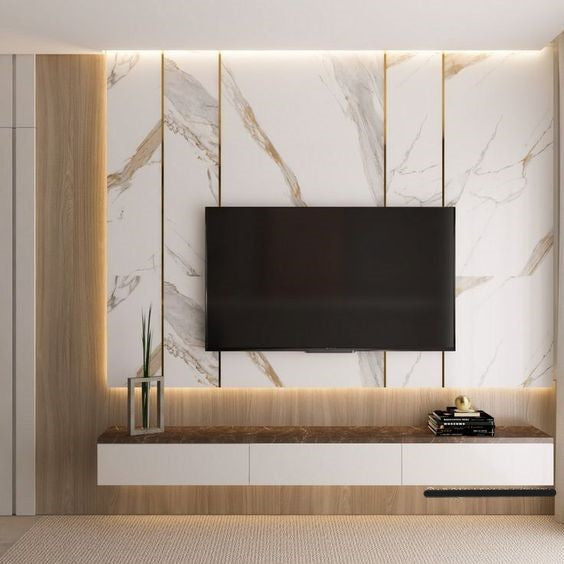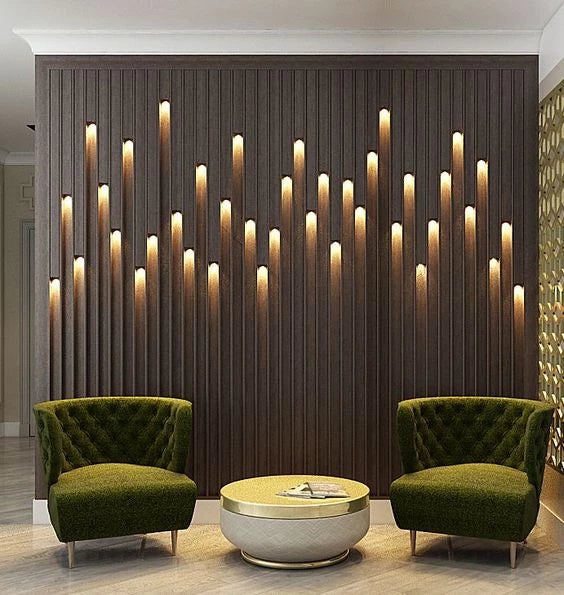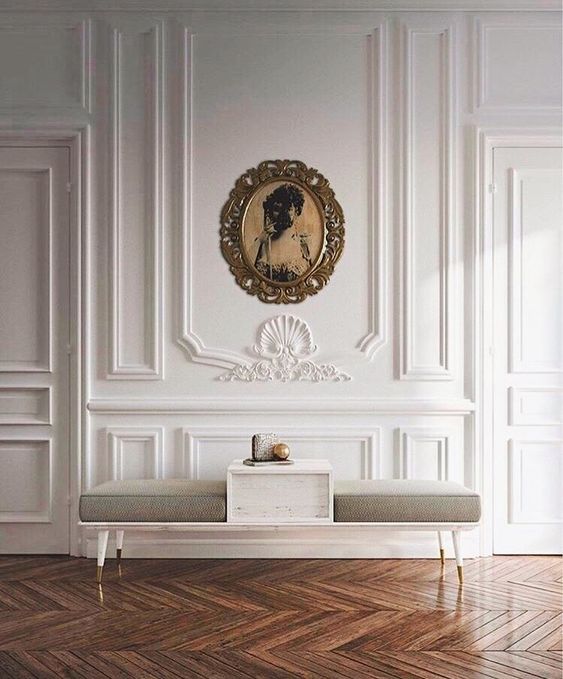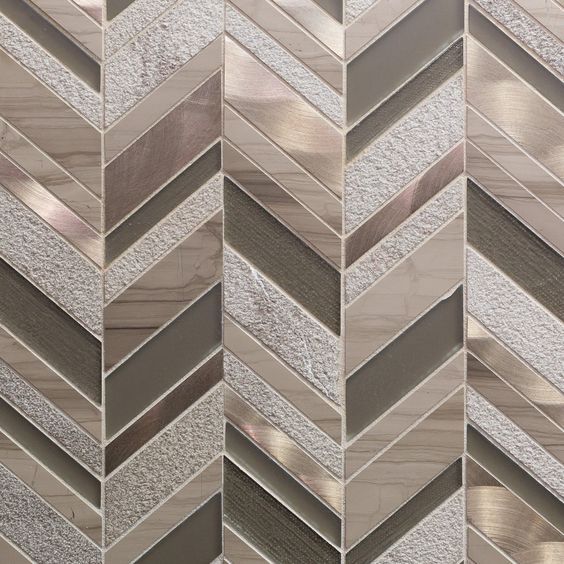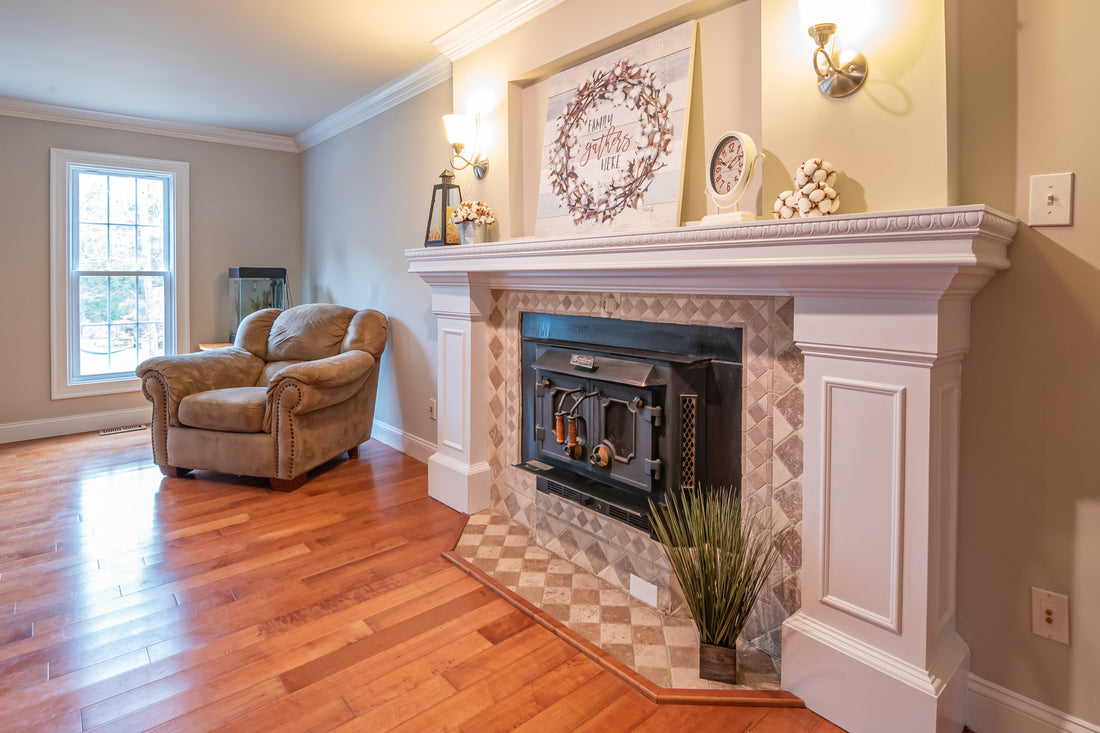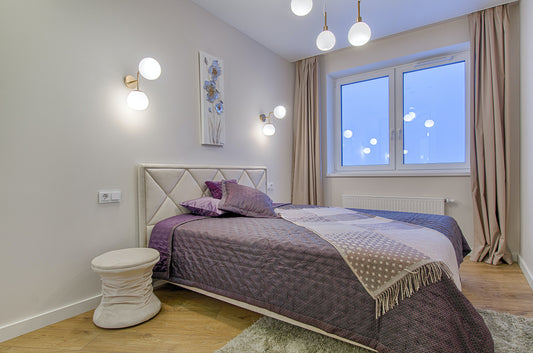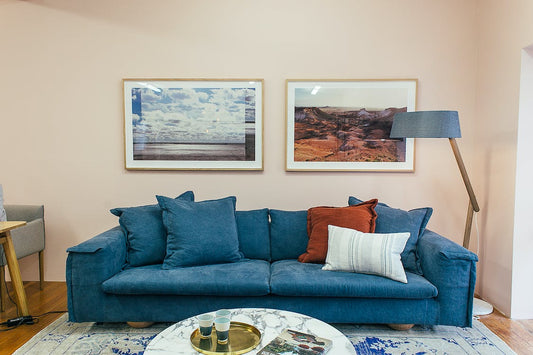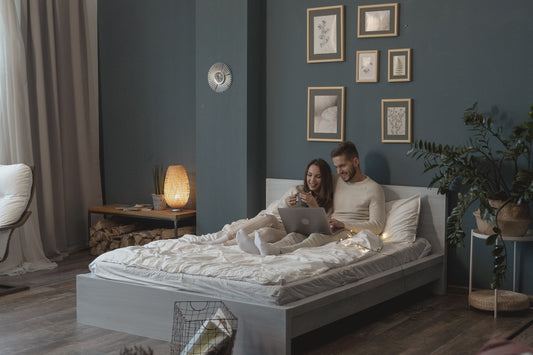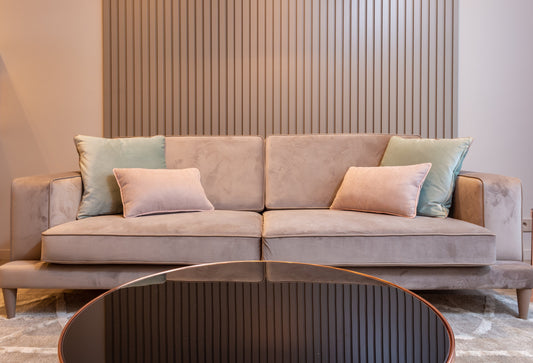Choosing the right flooring is a crucial decision that significantly influences the overall ambiance and functionality of a living space. The flooring serves as the foundation of a room's design, impacting its aesthetics and setting the tone for the entire interior. Beyond its visual appeal, the type of flooring selected plays a pivotal role in determining the comfort, durability, and functionality of a space. The right flooring choice can enhance the overall atmosphere, creating a harmonious and inviting environment that complements the room's purpose. Conversely, an ill-suited flooring option may disrupt the intended design, compromise comfort, and pose maintenance challenges. Therefore, understanding the importance of selecting the appropriate flooring is paramount for achieving a cohesive and functional interior space.
Considerations for Choosing Flooring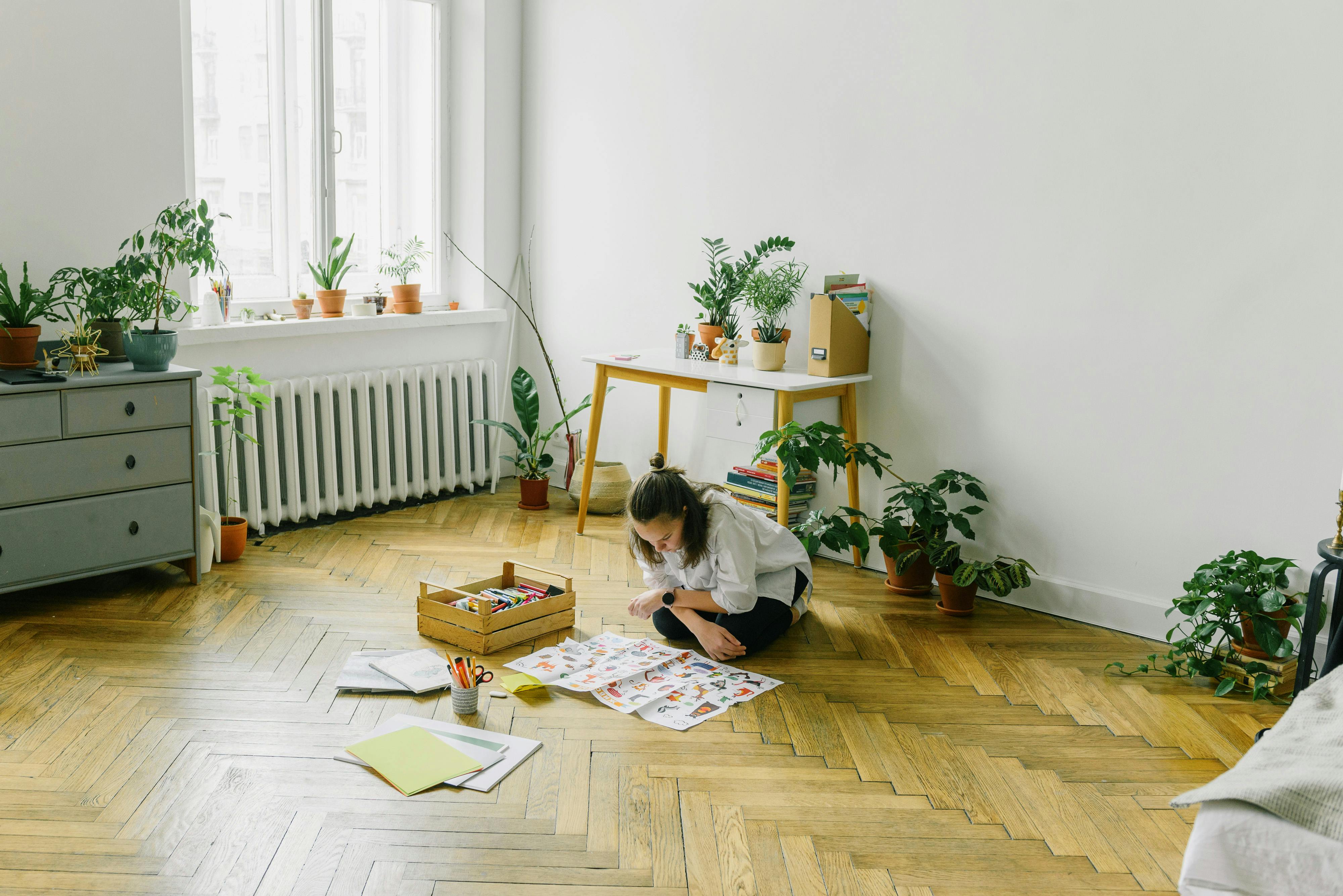
When deliberating on the ideal flooring for a space, several crucial considerations come into play. Firstly, room-specific needs and requirements must be carefully assessed. High-traffic areas demand durable materials that can withstand frequent use without sacrificing aesthetics. Moisture-prone spaces, such as bathrooms or kitchens, necessitate flooring options with water-resistant properties to ensure longevity. Design preferences, including color, pattern, and texture, play a pivotal role in creating a cohesive aesthetic that aligns with the overall vision for the room.
Moreover, budget considerations are integral in guiding the selection process, helping homeowners strike a balance between quality and affordability. Additionally, evaluating the durability and maintenance requirements of different flooring options ensures a practical and sustainable choice that aligns with both lifestyle and design preferences. In summary, a thoughtful examination of these considerations ensures the selection of flooring that not only enhances the visual appeal of a space but also aligns with its unique functional demands.
Types of Flooring Options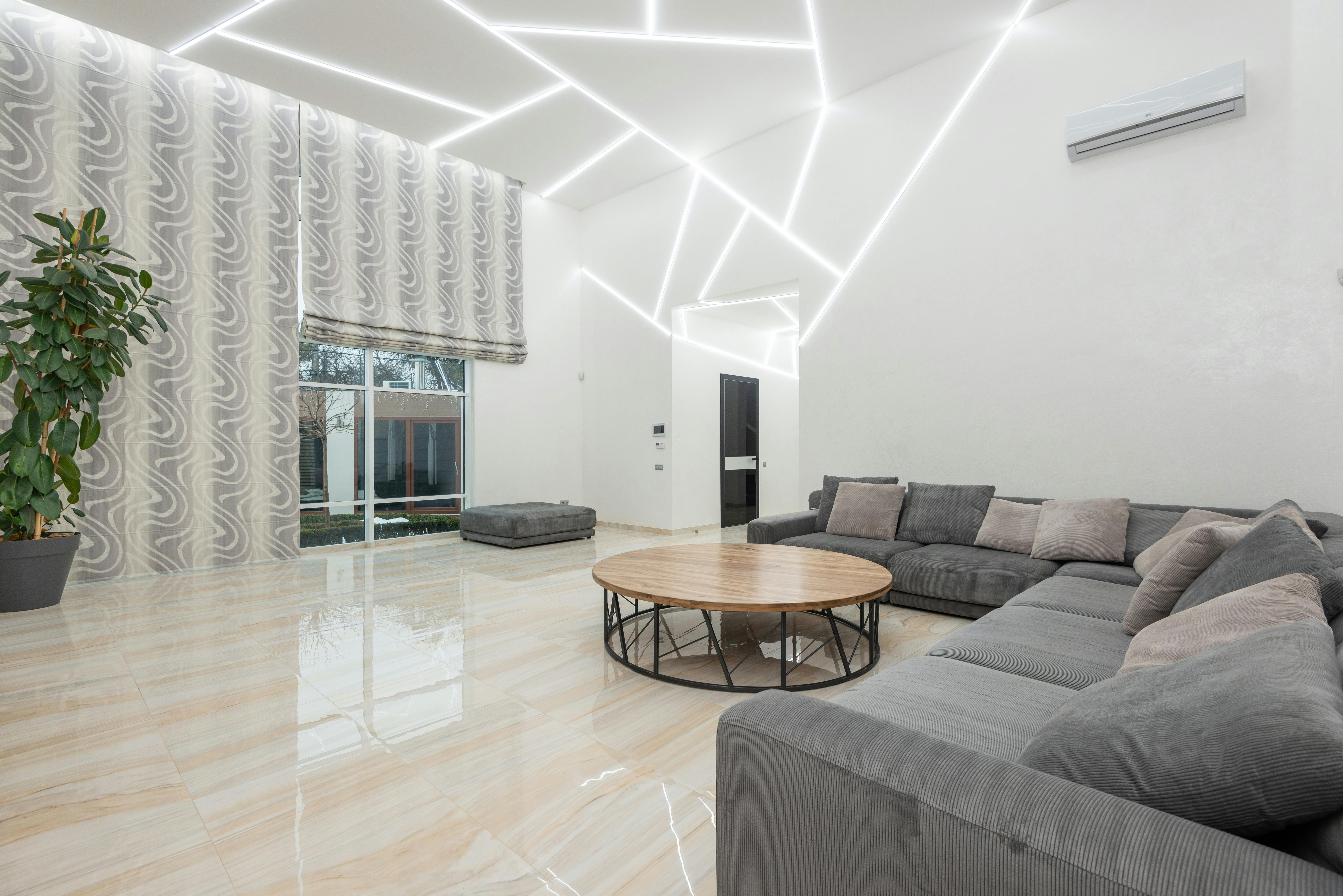
Hardwood Flooring
Hardwood flooring remains a popular choice for its timeless appeal and natural beauty. The warm, inviting ambiance it brings to a space is unmatched. Various wood types, including oak, maple, cherry, and walnut, offer different grains, colors, and hardness levels. When choosing hardwood, consider factors like the room's traffic, as softer woods may be prone to scratches. Additionally, the installation environment, such as moisture levels, should influence your wood type selection. To maintain the luster and longevity of hardwood floors, regular cleaning with a soft broom or vacuum and avoiding excessive moisture are crucial. Periodic refinishing may also be required to address scratches and wear.
Laminate Flooring
Laminate flooring provides a cost-effective alternative to hardwood without compromising on style and design versatility. With realistic wood, stone, or tile appearances, laminate flooring is a durable and budget-friendly option. Its layered construction offers resistance against scratches, stains, and fading. When considering laminate, focus on the AC rating for durability and the thickness of the planks for stability. Installation is often straightforward with a click-and-lock system, making it suitable for DIY projects. Maintenance involves regular sweeping or vacuuming, damp mopping, and avoiding excessive water exposure. Laminate flooring provides an excellent balance between aesthetic appeal and practicality.
Tile Flooring
Tile flooring stands out for its durability and moisture-resistant properties, making it an ideal choice for areas prone to spills and humidity. Ceramic, porcelain, and natural stone tiles offer varied textures, colors, and designs to suit different styles. Ceramic tiles are versatile and cost-effective, while porcelain tiles are denser and more water-resistant. Natural stone tiles like marble and slate bring a luxurious touch. Tile flooring is particularly suitable for kitchens, bathrooms, and entryways. To maintain tiles, regular cleaning with a mild detergent, proper sealing (for natural stone), and addressing grout lines are essential for preserving both appearance and integrity.
Carpet Flooring
Carpet flooring provides unmatched comfort and warmth underfoot, making it a popular choice for bedrooms and living spaces. Various carpet fibers, including nylon, polyester, and wool, offer different levels of durability and softness. Nylon is resilient and resistant to stains, polyester is budget-friendly and vibrant, while wool is a natural and luxurious option. Regular vacuuming is essential for removing dirt and maintaining the carpet's appearance. Stain-resistant treatments and professional cleanings can help extend the carpet's lifespan. Carpet flooring serves as an excellent insulator, providing both physical and acoustic comfort.
Vinyl Flooring
Vinyl flooring is appreciated for its affordability, versatility, and water-resistant properties. It comes in various styles, including luxury vinyl planks (LVP) and luxury vinyl tiles (LVT), mimicking the look of hardwood or tile. Vinyl is highly durable, resistant to scratches, and easy to clean, making it suitable for high-traffic areas. Its water-resistant nature makes it ideal for kitchens and bathrooms. Vinyl flooring installation options include glue-down, click-lock, or peel-and-stick, offering flexibility for different skill levels. Regular sweeping and occasional damp mopping are sufficient for maintaining vinyl flooring's appearance and durability.
Matching Flooring to Room Functionality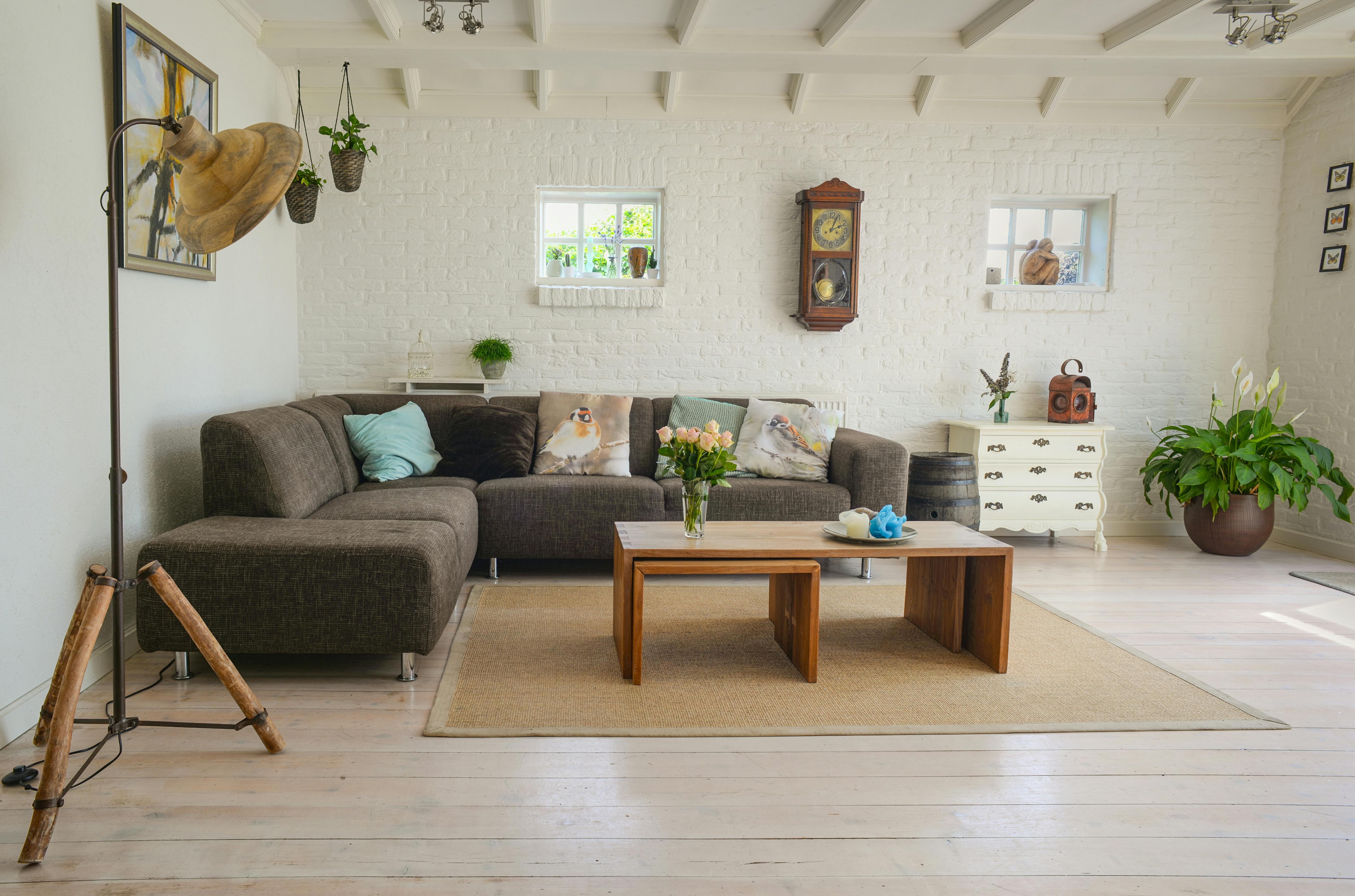
Living Room
The living room demands a delicate balance between style and comfort. Opt for hardwood or laminate for an elegant look, considering the room's traffic. Placing rugs strategically can enhance comfort and protect the flooring. Regular maintenance, such as cleaning spills promptly, ensures the longevity of the chosen material.
Kitchen
In the kitchen, where spills and stains are common, tile or vinyl flooring proves advantageous. These options are resistant to moisture and easy to clean, providing a practical solution for a high-activity area. Choose a style that complements your kitchen decor while prioritizing functionality.
Bathroom
Moisture resistance is paramount in the bathroom. Tile flooring, especially ceramic or porcelain, is an excellent choice due to its durability and water-resistant properties. Consider slip-resistant options for safety. Regular cleaning and proper sealing contribute to a hygienic and visually appealing bathroom floor.
Bedroom
Comfort and warmth take precedence in the bedroom, making carpet flooring an ideal choice. Selecting the right carpet fiber, such as wool for luxury or nylon for durability, ensures a cozy and inviting atmosphere. Additionally, consider noise reduction properties for a peaceful bedroom environment. Regular vacuuming and professional cleaning maintain the carpet's plush feel and appearance.
Making the Final Decision
When it comes to making the final decision on the perfect flooring for your space, a crucial step involves weighing the pros and cons of each flooring option. Consider factors such as the room's functionality, your lifestyle, and budget constraints. Hardwood flooring, for example, offers timeless beauty but may require more maintenance, while laminate flooring provides cost-effectiveness and versatility in design. By carefully evaluating the advantages and disadvantages of each flooring type, you can make an informed decision that aligns with your specific needs and preferences.
Additionally, seeking professional advice can significantly contribute to making a well-informed decision. Flooring experts can provide valuable insights based on their experience and knowledge of the latest trends and technologies. Professionals can guide you through the selection process, considering factors like installation complexities, maintenance requirements, and the compatibility of different flooring materials with your living conditions. Collaborating with a flooring specialist ensures that you receive personalized recommendations, making the decision-making process more streamlined and tailored to your unique requirements.
Conclusion
As you embark on the journey of choosing the right flooring for each room, it is essential to recap the key considerations that have been discussed. Reflect on the specific needs of different spaces, such as the demands of high-traffic areas or moisture-prone zones. Emphasize the importance of finding a balance between style, functionality, and budget constraints. Choosing the right flooring is not just about the immediate aesthetic appeal; it's an investment in the long-term value and resale impact of your property. By carefully weighing the pros and cons, seeking professional advice, and considering the longevity of your flooring choices, you can create a harmonious and enduring foundation for your home. Encourage readers to explore various options, taking into account their unique preferences, to ultimately find the perfect flooring solution that enhances both the beauty and functionality of their living spaces.

